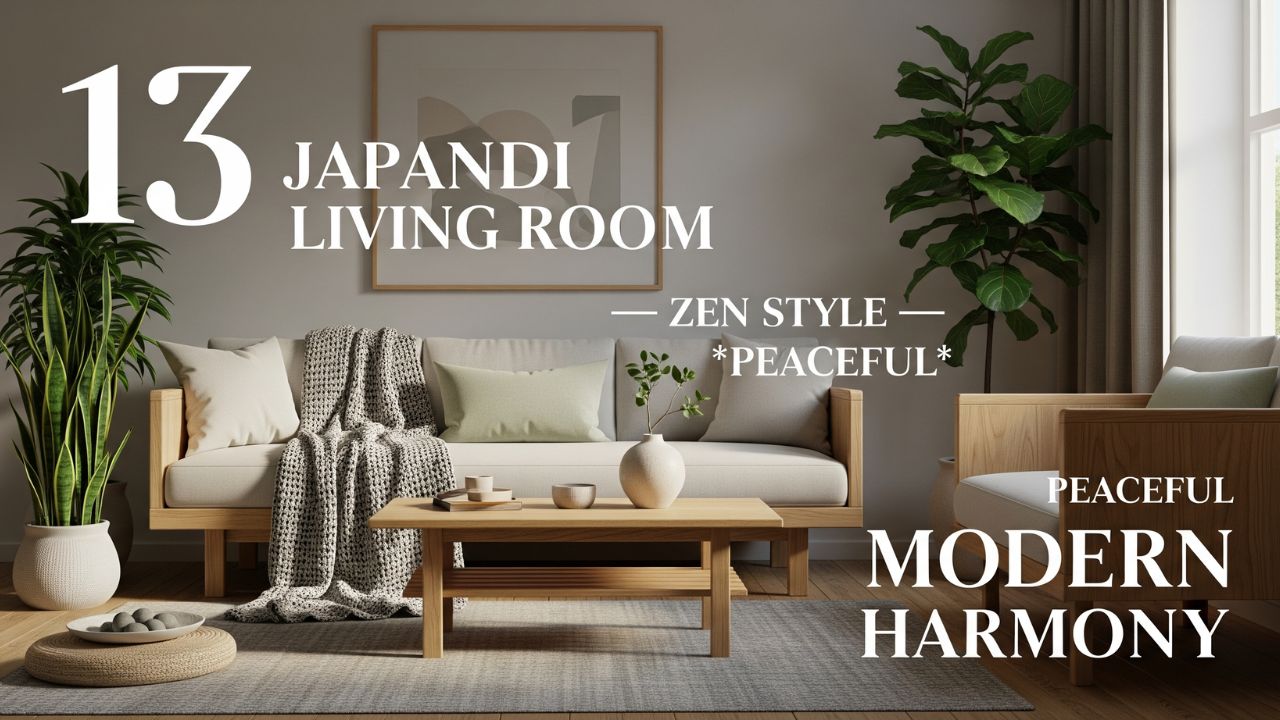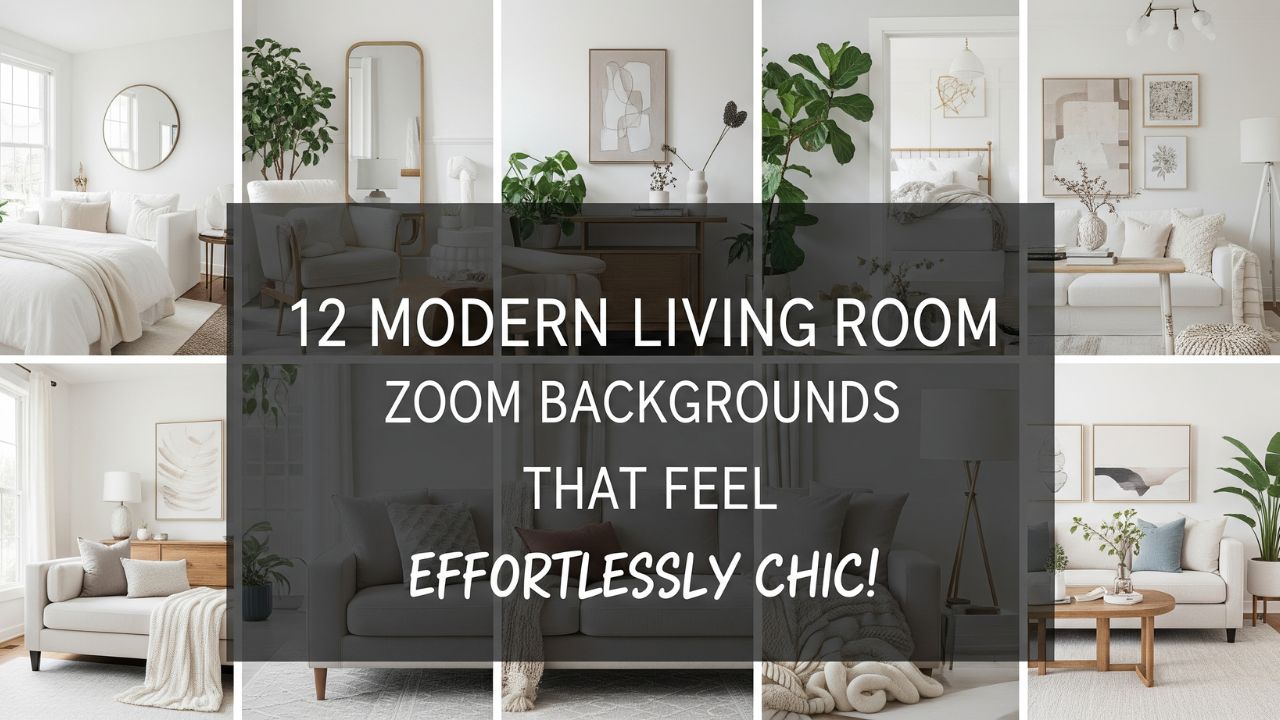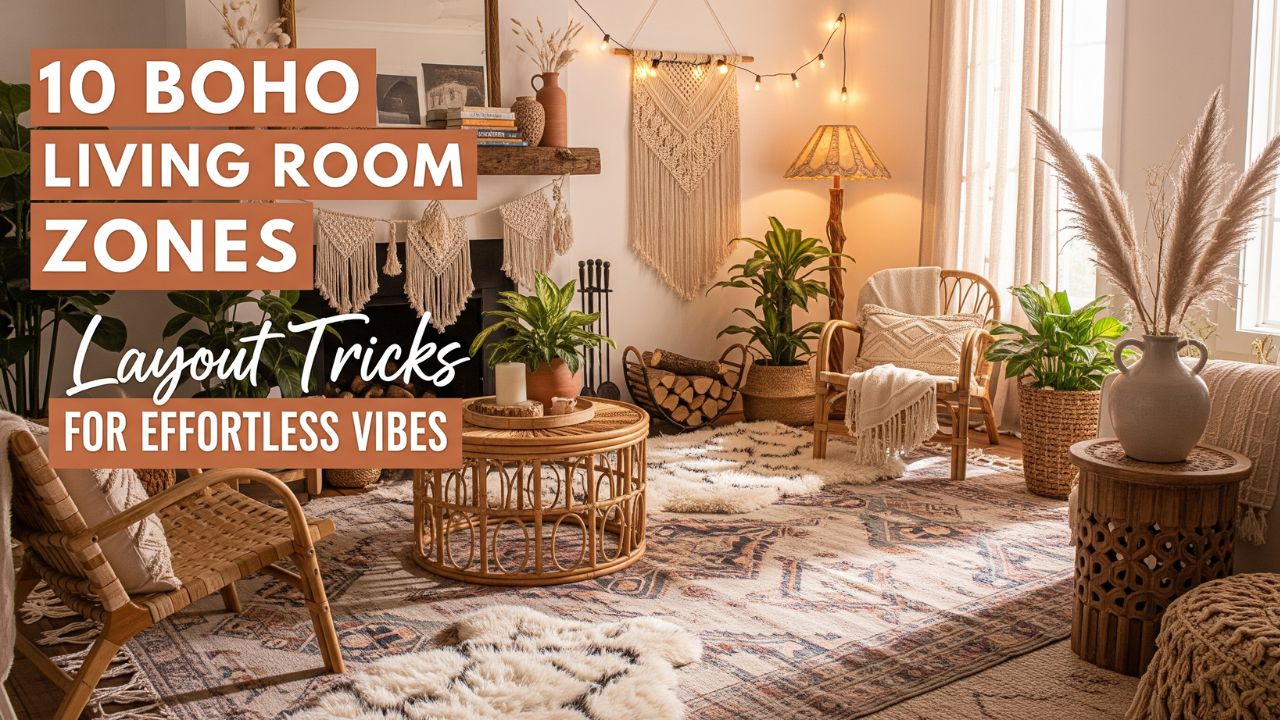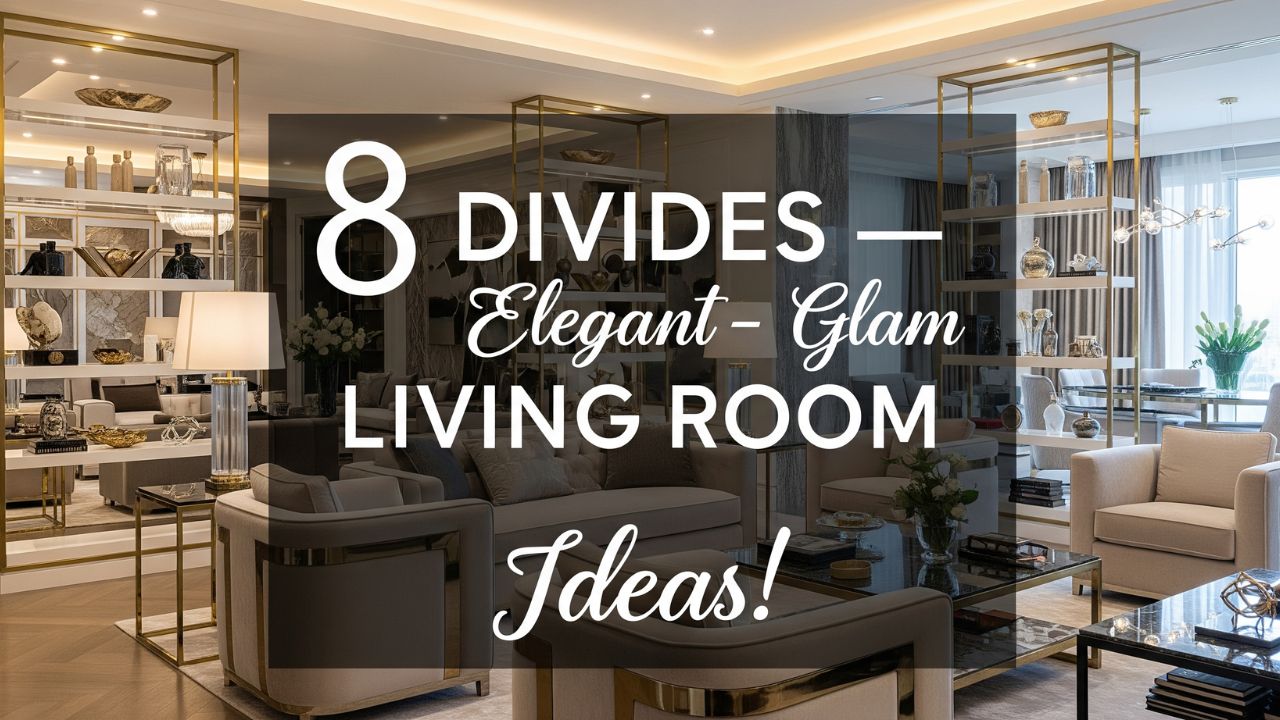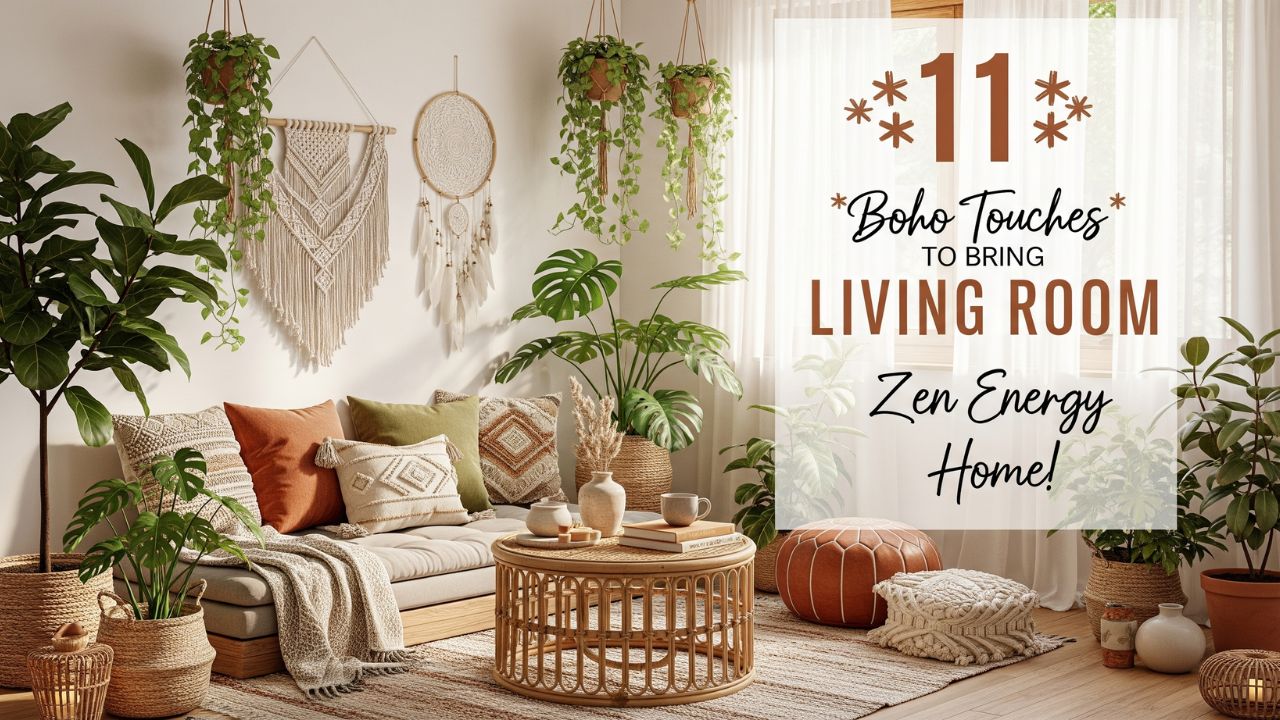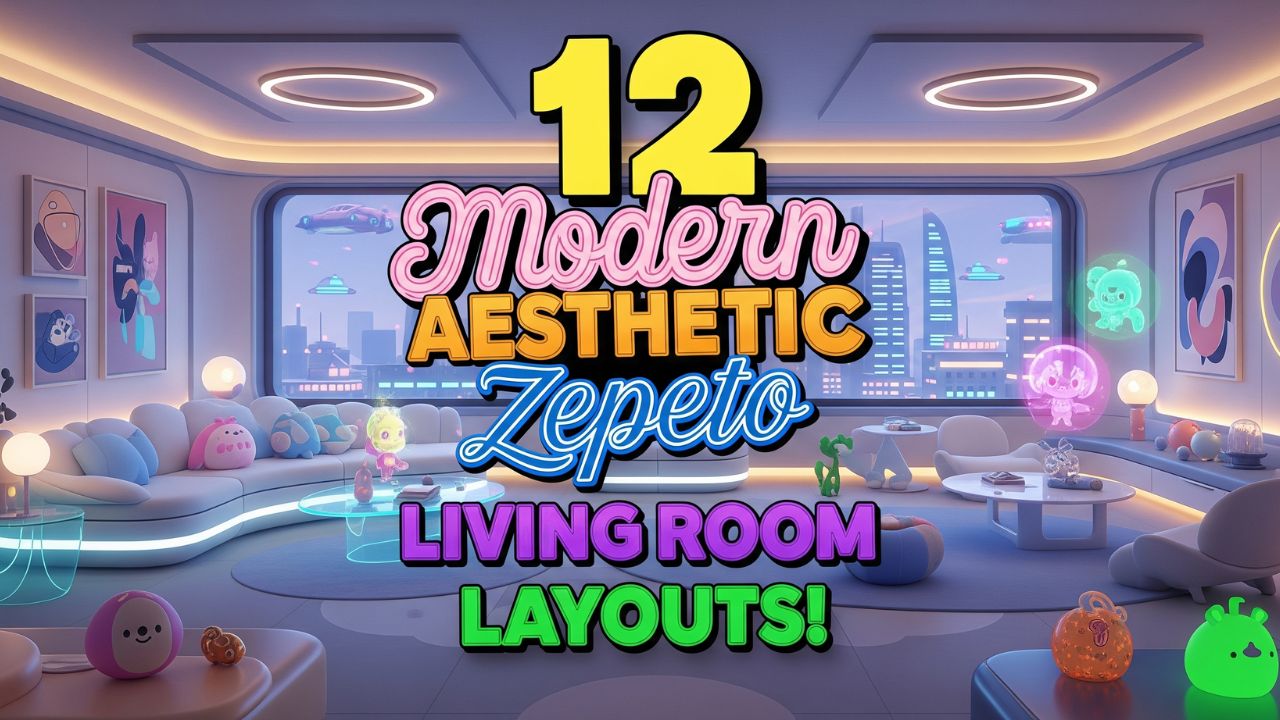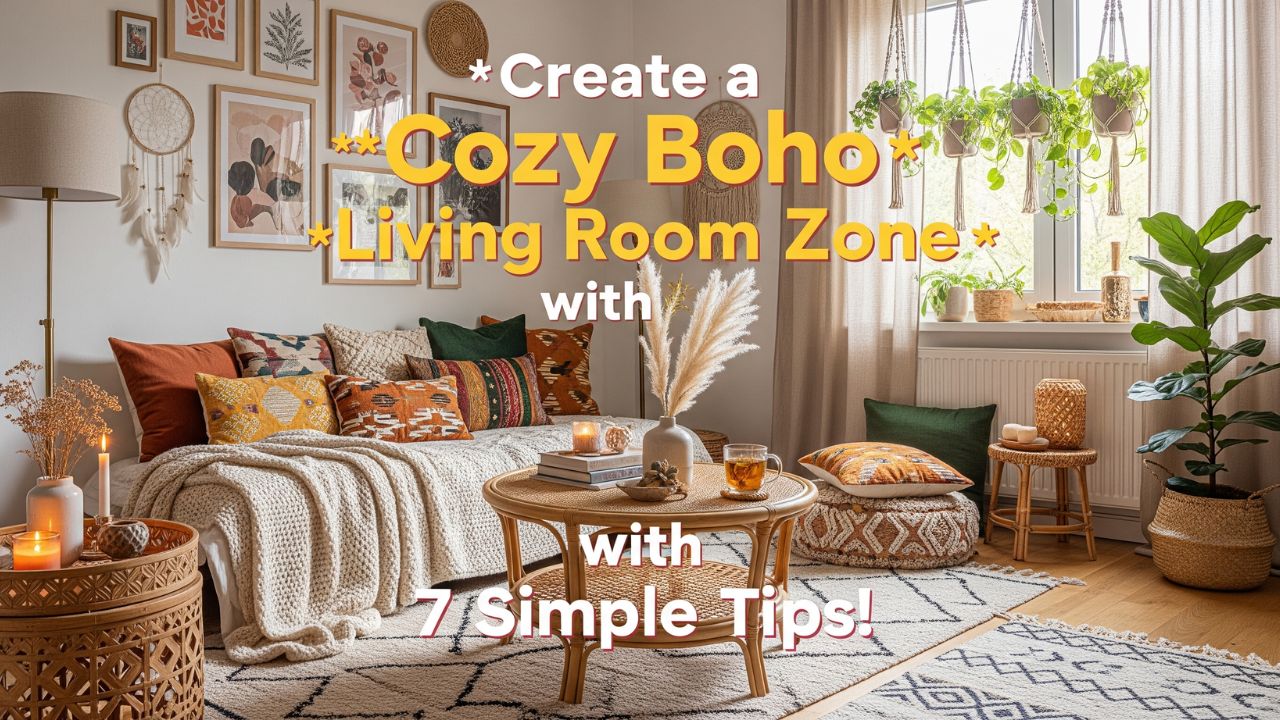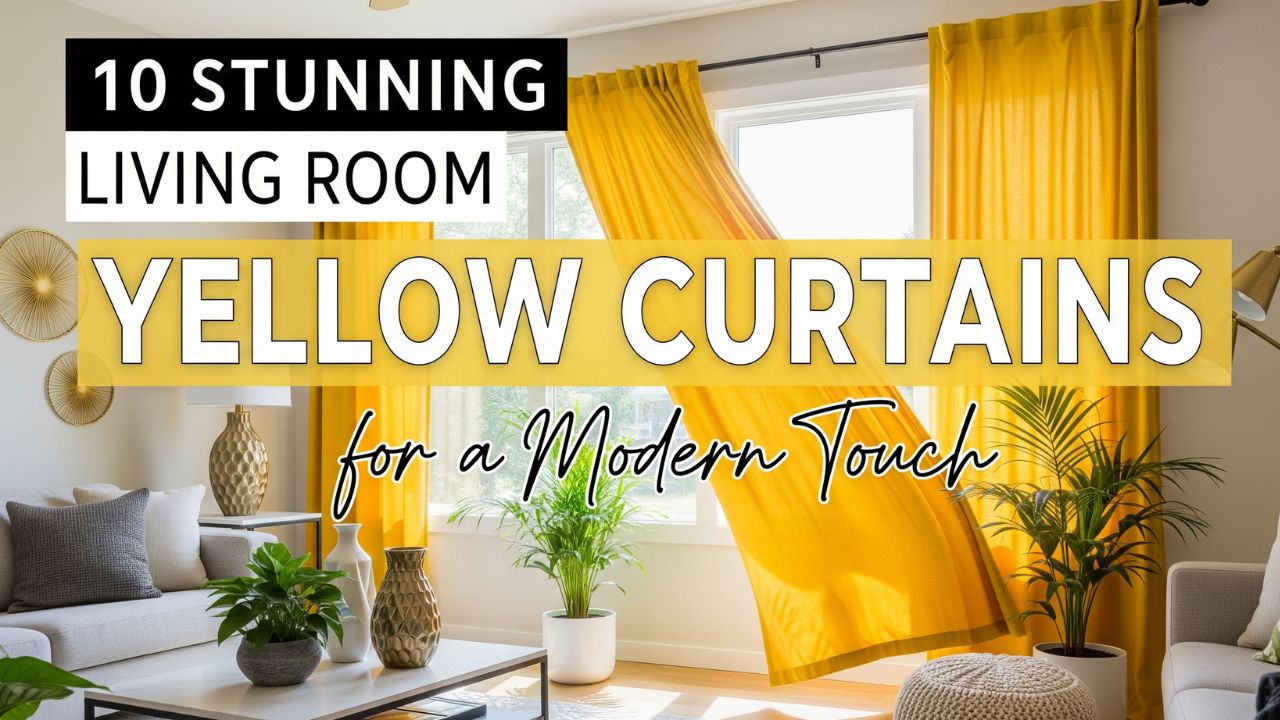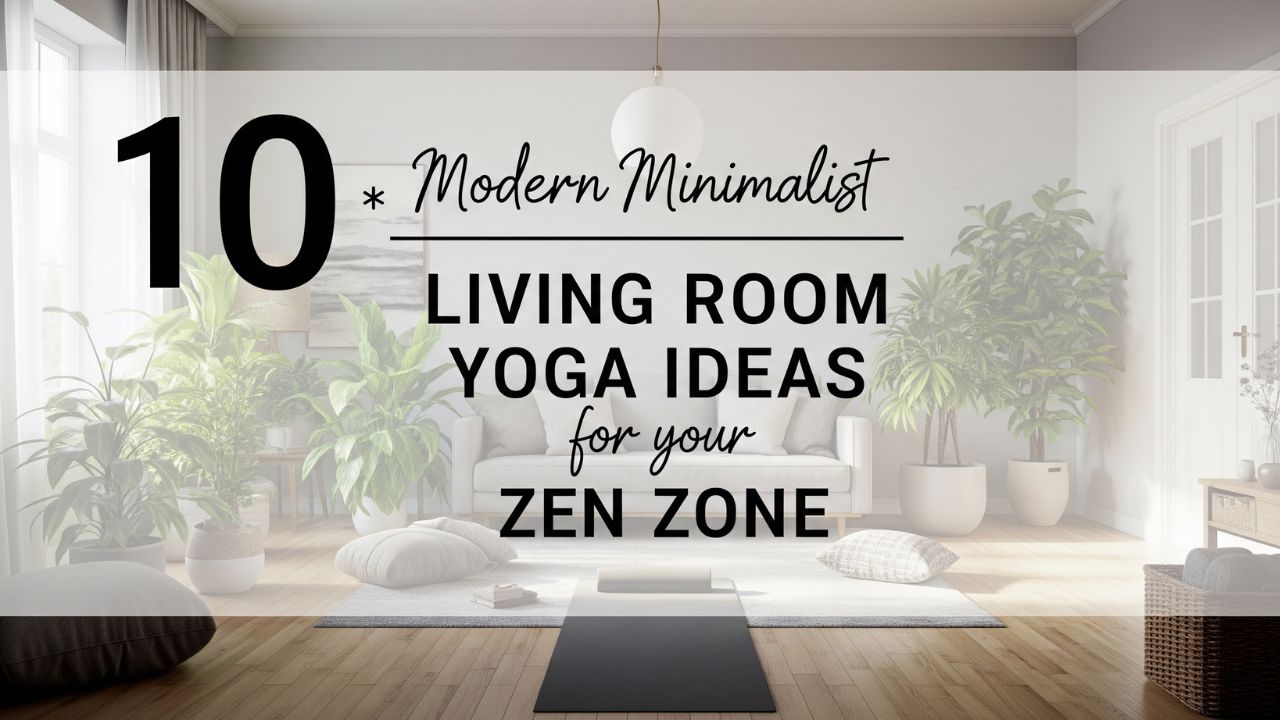Ever walked into your living room and felt like something was missing — that nagging emptiness that echoes more than it welcomes? You’re not alone.
Many homeowners crave a space that feels warm, inviting, and lived-in — yet clean, clutter-free, and aesthetically calm. The secret lies in cozy minimalism — a design style that blends the simplicity of minimalism with the comfort of coziness.
It’s not about having less for the sake of less; it’s about keeping only what adds genuine warmth, personality, and purpose to your space.
Here’s the truth: You don’t need more stuff to fill your living room void — you just need the right ideas. Below are 10 cozy minimalist concepts to turn your empty space into a sanctuary that whispers calm and comfort in every corner.

Table of Contents

10 Minimalist Ideas for That Empty Living Room Void
1. Layered Neutrals — The Secret to Effortless Warmth
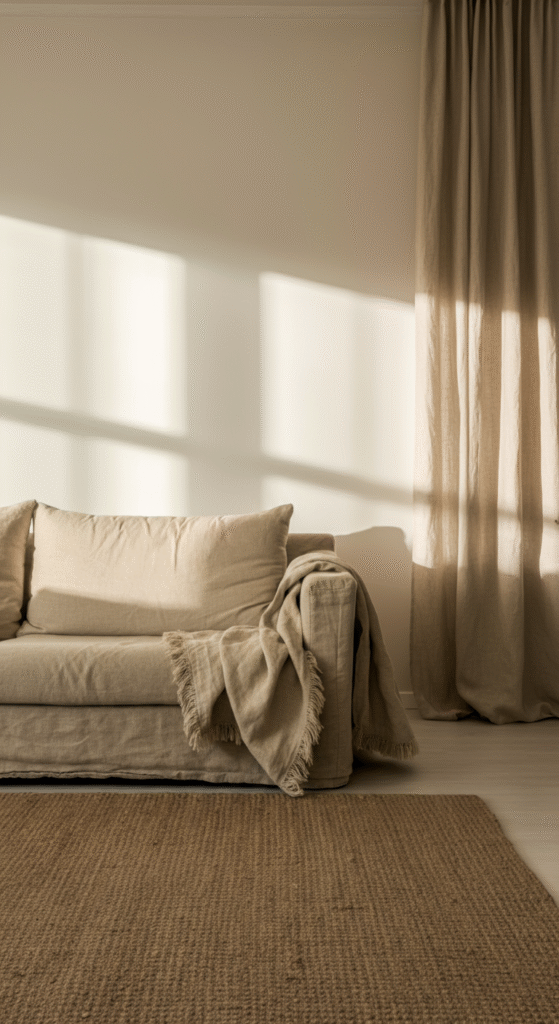
When done right, neutral tones can be the most inviting of all color palettes. Think warm whites, oatmeal beiges, stone grays, and soft taupes. Layering these subtle shades creates depth and serenity without overwhelming the senses.
Do you know that most luxury Scandinavian homes rely on just three to four tones throughout the entire house? This monochrome approach creates cohesion and quiet sophistication.
Add dimension with different textures — a chunky knit throw on a linen sofa, a jute rug beneath a soft wool pouf, or sheer curtains that let in diffused light. The magic lies in the mix, not the color.
2. Statement Lighting That Feels Like Art
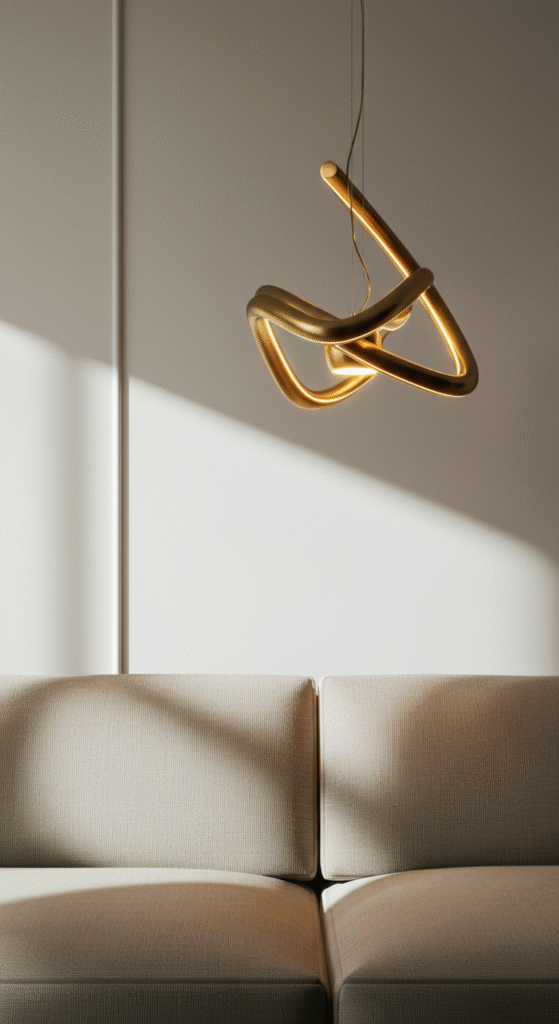
Minimalist spaces thrive on functional beauty. A single statement light — like a sculptural pendant, paper lantern, or arched floor lamp — can define your living room’s personality without cluttering it.
Choose warm LED tones to mimic candlelight; the goal is a glow, not glare. Imagine sipping coffee under a soft amber hue — suddenly, your space feels like a calm retreat rather than an echo chamber.
Interesting fact: The human brain associates warm light with safety and relaxation — it’s a primal response from when our ancestors gathered around firelight.
3. The “One Big Sofa” Rule
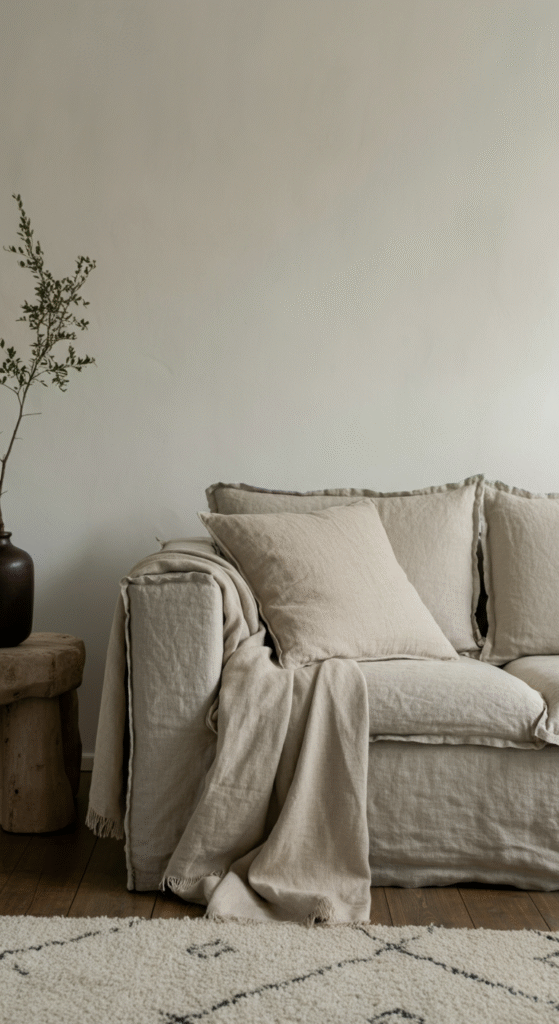
Instead of crowding your room with multiple seating options, opt for one oversized, comfortable sofa. This creates both a visual anchor and a cozy gathering spot. Add one or two accent chairs only if necessary — minimalism thrives on purpose.
A deep-seated linen or boucle sofa can instantly soften the space. Throw in a textured blanket and a single lumbar pillow for understated luxury.
Myth alert: Minimalism doesn’t mean you can’t have comfort. It’s about editing — not denying — the cozy details that make life feel good.
4. Organic Materials for a Calming Vibe
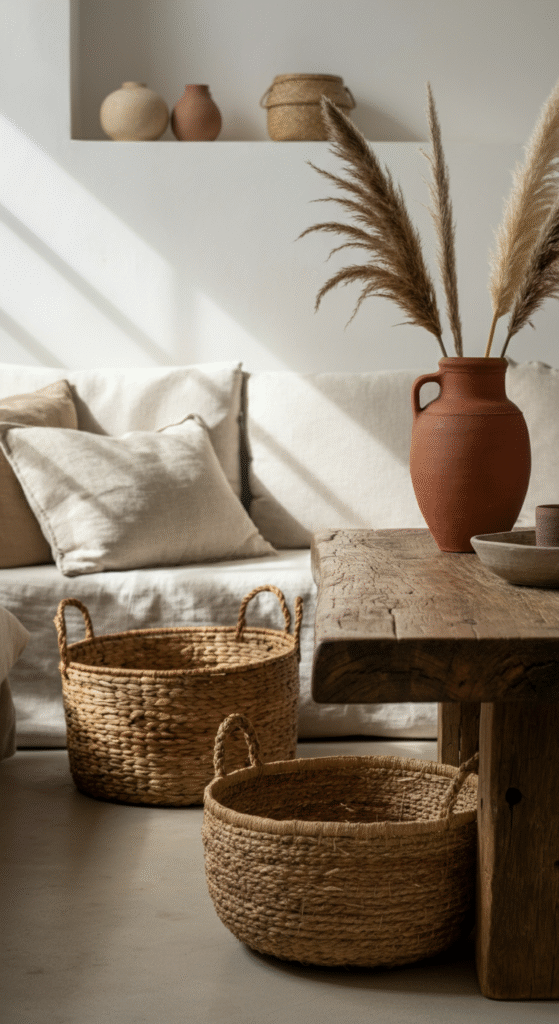
Wood, stone, linen, cotton, and clay — nature’s textures bring grounding energy to minimal spaces. Incorporating organic materials helps you feel connected to your surroundings and gives your living room a timeless, balanced appeal.
Consider a reclaimed wood coffee table or a set of woven baskets for extra storage. These pieces not only add warmth but also tell a story.
Do you know? Studies show that incorporating natural elements indoors can reduce stress and increase feelings of wellbeing by up to 40%. That’s the power of biophilic design — nature-inspired living at its best.
5. Use Negative Space as Design
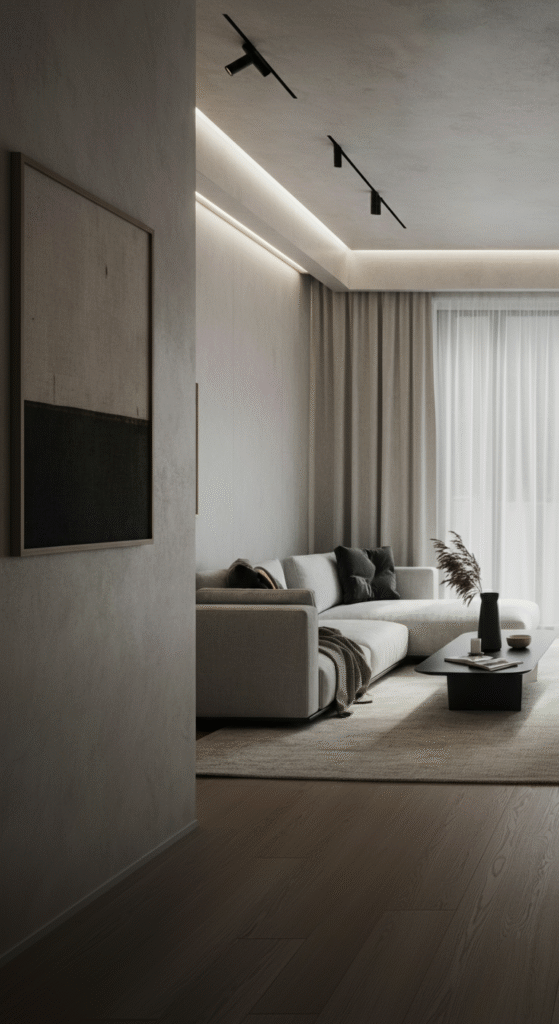
Empty space is not wasted space. In cozy minimalism, negative space allows the room to breathe. It directs focus to what truly matters — a single piece of art, a textured rug, or a sculptural vase.
Try the “less but better” approach: remove one decor piece from every surface. The result? A visually lighter, calmer space that feels intentional rather than bare.
As famed architect Ludwig Mies van der Rohe said, “Less is more.” Minimalism, when paired with warmth, becomes an art of quiet restraint.
6. Cozy Corners That Invite Rest
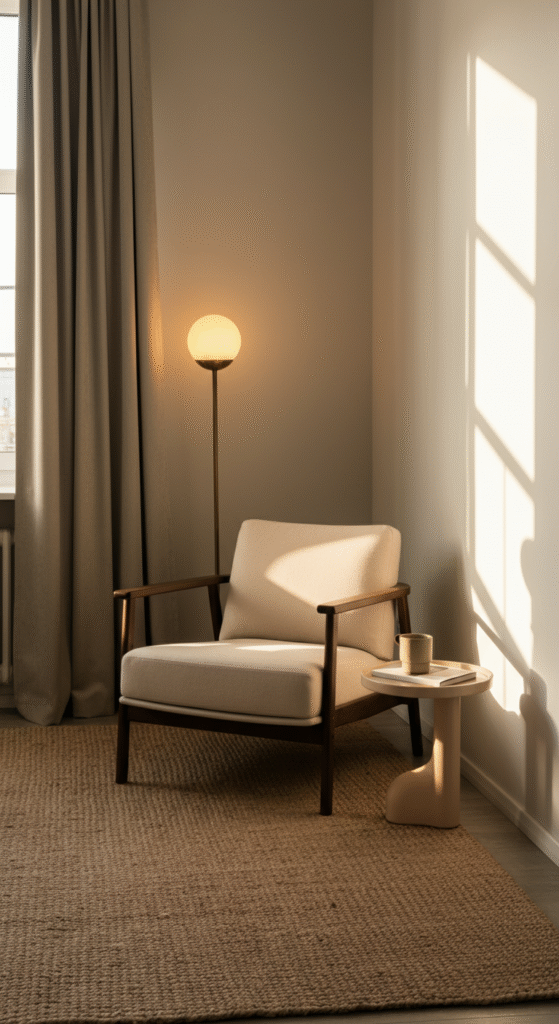
Even in minimalist spaces, you need a nook that says “sit and stay awhile.” Design a reading corner with a soft armchair, a floor lamp, and a small side table for your tea or book.
This cozy corner doesn’t just serve a purpose — it humanizes your living room. It’s the antidote to the “showroom” feel that sometimes haunts minimal homes.
Add a soft rug beneath to define the space. The more tactile elements you include — like fabric and warmth — the more inviting it becomes.
7. Artwork That Breathes Emotion
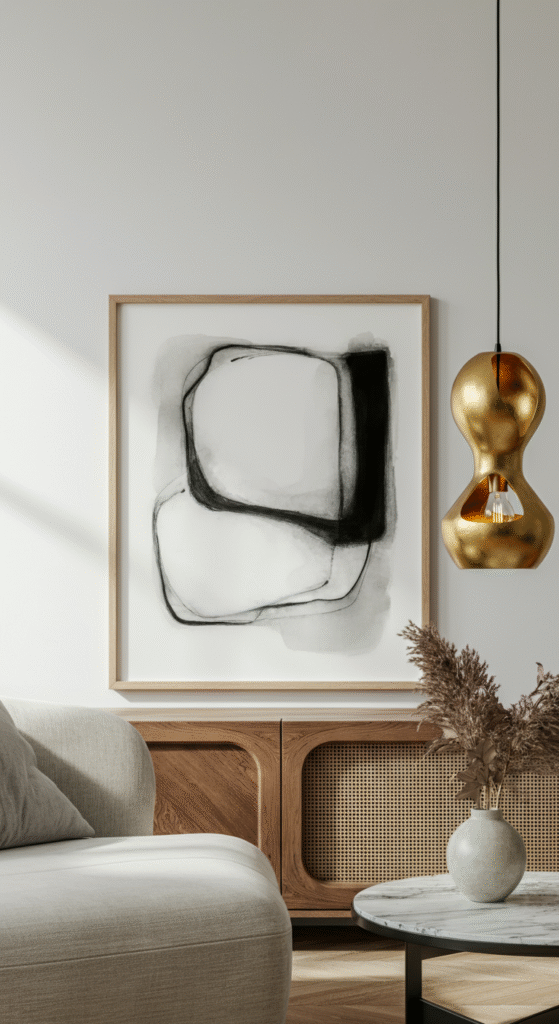
Minimal doesn’t mean blank walls. Choose art that reflects your soul but keeps the palette muted. Abstract line drawings, monochrome photography, or nature-inspired prints work beautifully.
Hang one large piece instead of a busy gallery wall. This focuses attention and maintains visual serenity.
Interesting fact: Studies in environmental psychology show that even a single piece of art can improve mood and perceived comfort in minimalist interiors — especially when it depicts organic or calming imagery.
8. Soft Layers Underfoot
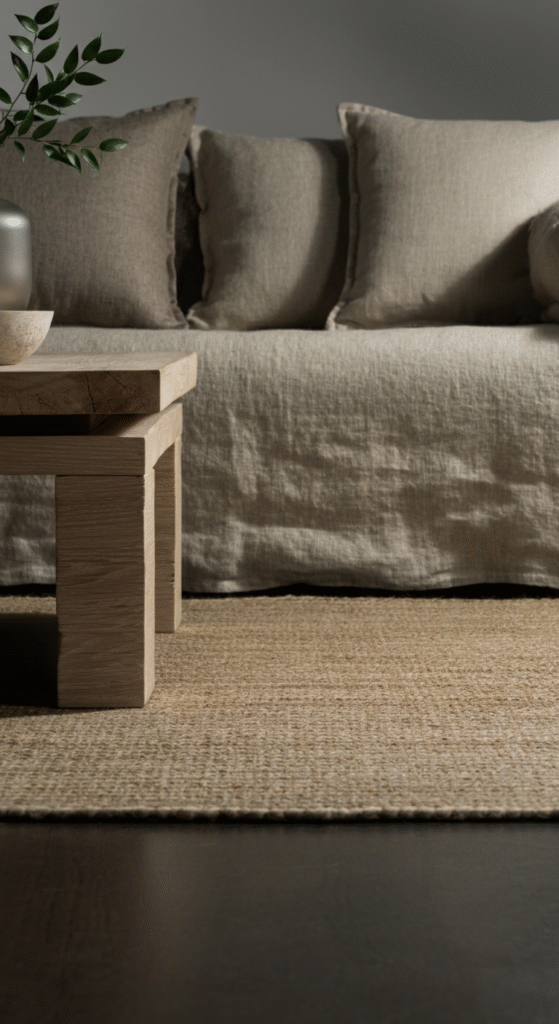
A cozy minimalist living room isn’t complete without something soft underfoot. A layered rug look — like a flat jute base with a plush wool or shag rug on top — adds both texture and comfort.
Stick to earthy tones and natural fibers for longevity and harmony. Rugs are also an excellent way to define zones, especially in open-plan living spaces.
Do you know? Layered rugs became popular in minimalist design circles because they add tactile comfort without introducing unnecessary decor. They’re subtle, but they make an enormous difference.
9. Greenery That Softens Minimal Lines
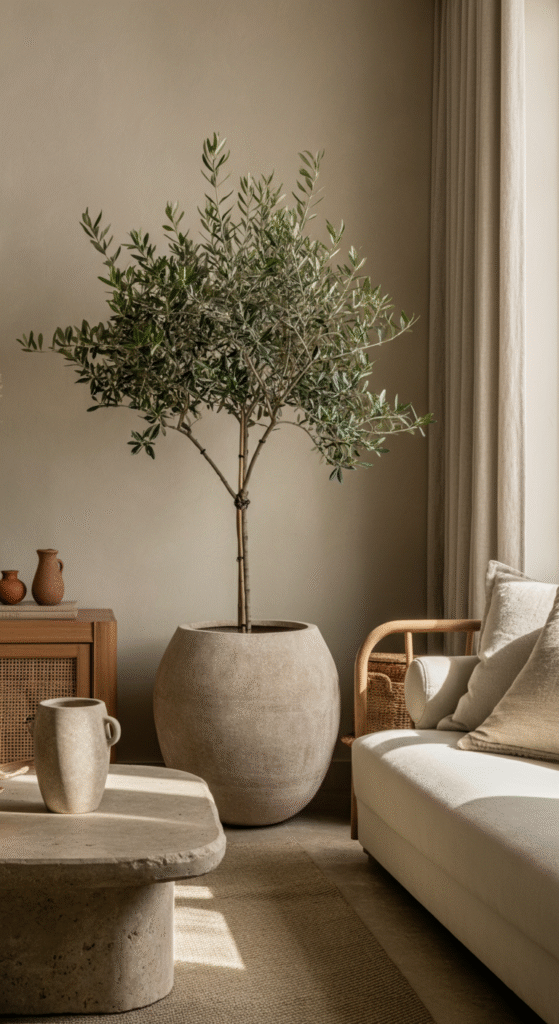
Plants are the ultimate life-givers in minimal spaces. They add shape, color, and energy without visual clutter.
Opt for large-leaf plants like a fiddle-leaf fig or monstera for impact, or a single olive tree for Mediterranean calm. Pair them with simple clay or stone pots to keep the look organic.
Myth busted: Minimalist doesn’t mean plant-free. In fact, plants are one of the best ways to soften hard architectural lines and bring soul into a restrained space.
10. Scent, Sound, and Touch — The Invisible Cozy Layers
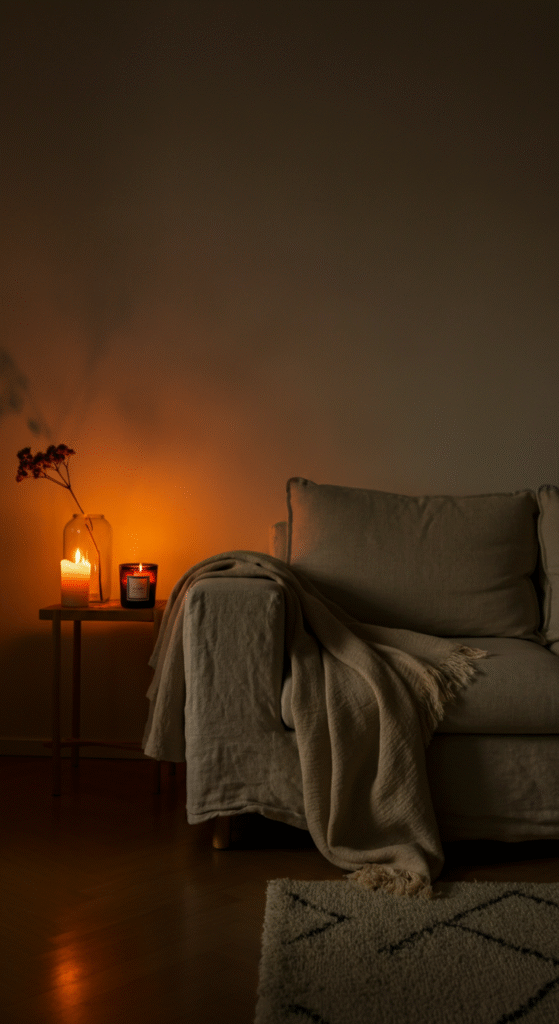
Minimalism isn’t just visual — it’s sensory. Incorporate cozy elements you can’t see but can feel.
Add a subtle diffuser with notes of sandalwood or amber, play soft acoustic music in the background, or introduce tactile accents like a wool throw or linen cushion.
When your living room appeals to multiple senses, it transcends decor — it becomes an experience.
Do you know? Our brains associate comforting scents with emotional warmth. That’s why a room that smells good often “feels” cozy, even if it’s visually minimal.
Conclusion
Minimalism doesn’t have to mean cold or empty — when done right, it’s deeply cozy and nurturing. The trick lies in balance: simplicity with soul, order with warmth, space with intention.
Every item in your living room should either serve a purpose or bring you joy — nothing more, nothing less. From layered textures to soft lighting and sensory touches, cozy minimalism is about crafting a space that feels both serene and alive.
So next time you walk into that “empty living room void,” don’t see it as a blank — see it as a canvas. A place where calm meets comfort, and simplicity becomes the ultimate luxury.
Frequently Asked Questions (FAQs)
What exactly is cozy minimalism?
Cozy minimalism is a home design approach that combines the clean, uncluttered aesthetic of minimalism with the warmth and comfort of cozy living. It’s about creating a space that feels inviting and calm — not empty or sterile. Every item has a purpose, and every detail adds warmth, texture, or function.
How can I make my minimalist living room feel cozy?
Start with warm lighting, soft textiles, and natural materials. Layer neutral tones, add a textured rug, and include a few tactile accessories like throws or cushions. Don’t forget sensory details — gentle scents, calming music, or even the crackle of a candle can make a minimalist space feel lived-in and welcoming.
Can minimalism include personal items or décor?
Absolutely. The key is intentionality. Choose pieces that hold meaning or enhance your daily life — a favorite artwork, a sentimental vase, or a few well-curated books. Cozy minimalism isn’t about having nothing; it’s about having enough of what truly matters.
Are neutral colors necessary for a cozy minimalist space?
Not strictly. While neutral palettes (like whites, beiges, and grays) promote calmness, you can incorporate muted earth tones, soft greens, or dusty blues. The goal is harmony and cohesion — colors that soothe rather than stimulate.
What’s the biggest mistake people make when trying cozy minimalism?
Many assume “minimalist” means “empty.” This leads to rooms that feel lifeless or cold. The secret is balance: less clutter, but more warmth. Texture, lighting, and personal touches are essential to prevent the space from feeling stark.
